What Is Kambo? Unraveling the Secrets of this Ancient Amazonian Healing Ritual
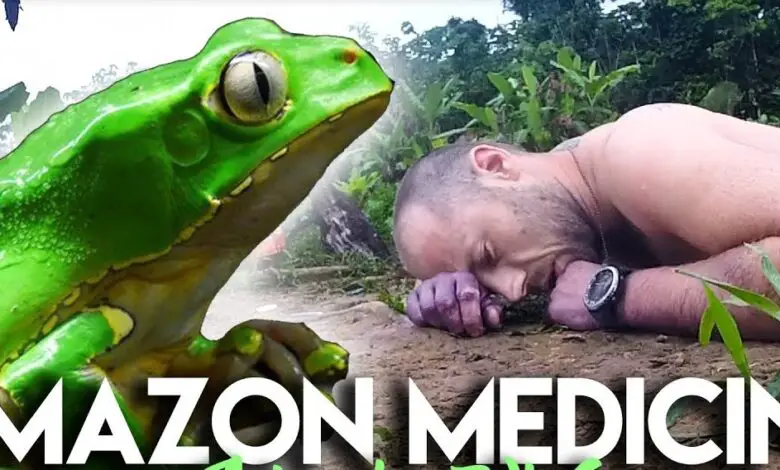
Kambo is a traditional healing ritual that originates from the indigenous tribes of the Amazon rainforest. This practice involves the application of the secretion of the Phyllomedusa bicolor frog, also known as the giant leaf frog, onto small burns made on the skin. The ritual, deeply rooted in the cultural beliefs and practices of Amazonian tribes, has gained attention worldwide for its purported health benefits.
The Origins and Cultural Significance
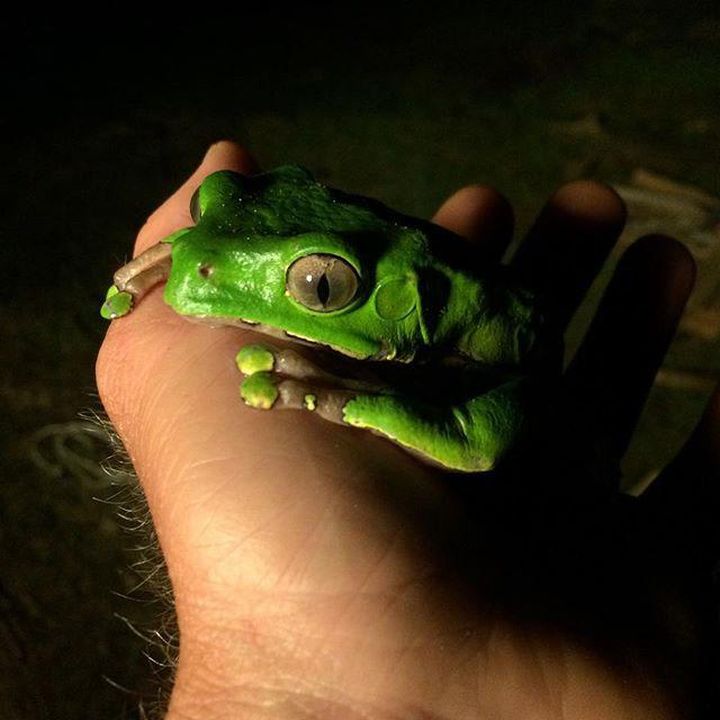
The use of Kambo traces back to several indigenous tribes in the Amazon, including the Matsés, Kaxinawá, and Katukina. According to tribal lore, the discovery of Kambo’s healing powers came through a shamanic vision. In this vision, a tribal shaman, seeking a cure for his ailing tribe, was guided by the spirit of the forest to the giant leaf frog. The shaman learned how to collect and apply the frog’s secretion, which led to the recovery of his people.
Phyllomedusa bicolor frog, also known as the giant leaf frog
This story highlights the deep connection between the indigenous tribes and their natural environment. For them, Kambo is not just a medicinal tool, but a sacred ritual that embodies their respect and gratitude towards the forest and its creatures.
The Science Behind Kambo
The secretion of the Phyllomedusa bicolor frog is a complex cocktail of bioactive peptides. Research has shown that these peptides have various effects on the human body, including analgesic (pain-relieving), anti-inflammatory, and antimicrobial properties. Some of the key peptides identified include dermorphin and deltorphin, which are potent opioid receptor agonists, and phyllocaerulein, which can affect the gastrointestinal system and adrenal cortex.
Despite these findings, the scientific community remains cautious about endorsing Kambo as a treatment. The ritual’s effects are still not fully understood, and more research is needed to determine its safety and efficacy.
The Ritual Process
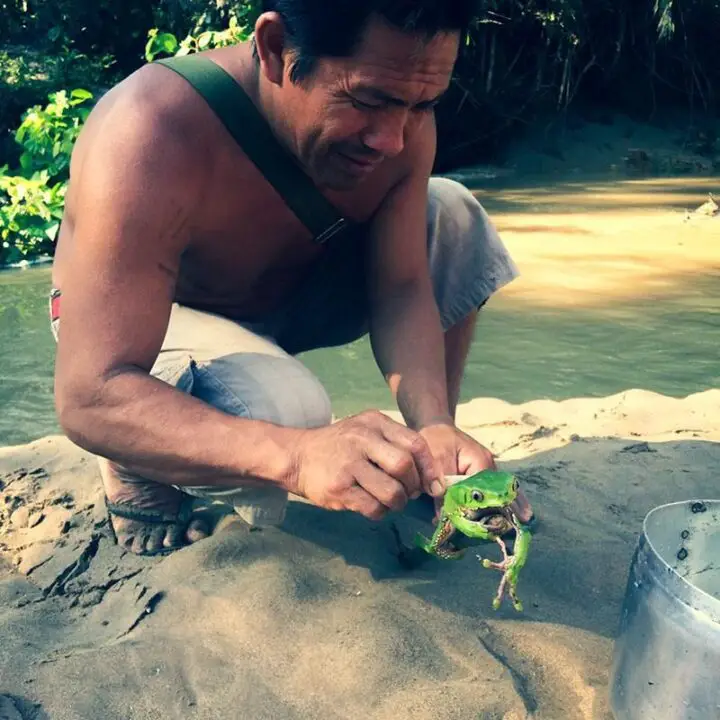
The Kambo ritual is typically performed by a trained practitioner. It begins with a period of fasting, followed by the application of small burns on the participant’s skin. The top layer of skin is removed, and the frog’s secretion is applied to these ’gates’.
Once in contact with the gates, the secretion induces an intense and often unpleasant reaction, including nausea, vomiting, sweating, and rapid heart rate. This phase is believed to purge the body of toxins. The entire process can take anywhere from 20 to 40 minutes, after which participants often report feeling rejuvenated, clear and calm.
Health Benefits and Controversies
Practitioners and users of Kambo cite a range of health benefits, including detoxification, immune system boosting, pain relief, and treatment of various ailments like depression and addiction. However, these claims are mostly anecdotal and lack substantial scientific backing.
Critics of Kambo point to the potential risks involved, including dehydration from vomiting and diarrhea, and the possibility of adverse reactions, especially in individuals with certain health conditions. There are also concerns regarding the ethical aspects of harvesting the frog’s secretion and the commercialization of an indigenous practice.
The Global Spread and Future of Kambo
From its origins in the Amazon, Kambo has spread globally, finding a place in alternative medicine and wellness communities. This expansion raises questions about cultural appropriation and the commodification of indigenous practices.
As interest in natural and holistic therapies grows, Kambo might gain more popularity. However, its future is tied to ongoing research that seeks to understand its effects better, the development of ethical harvesting practices, and the recognition and respect for its cultural roots.
Ethical Considerations and Sustainability
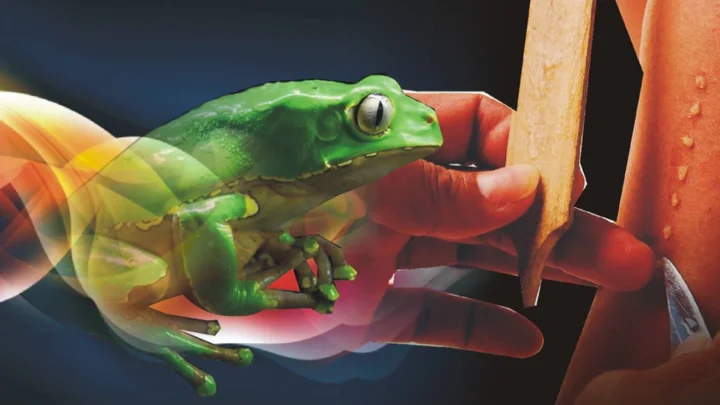
The rising popularity of Kambo in Western cultures brings forth significant ethical concerns. One major issue is the sustainable and humane treatment of the Phyllomedusa bicolor frogs. Traditionally, indigenous practitioners harvest the secretion in a way that causes no harm to the frogs. However, with the growing demand, there’s a risk of overexploitation and harm to these amphibians. This situation calls for strict regulation and sustainable practices to ensure the frogs’ wellbeing and the preservation of their natural habitat.
Moreover, the commercialization of Kambo raises questions about the benefits flowing back to the indigenous communities. These communities are the custodians of this knowledge, and yet they often do not receive recognition or financial gain from the global use of Kambo. There’s a pressing need for equitable arrangements that respect and compensate these communities for their traditional wisdom.
The Holistic View in Indigenous Medicine
To fully understand Kambo, it’s essential to consider the holistic perspective of indigenous medicine. For Amazonian tribes, health is not just the absence of disease, but a state of balance between the individual, their community, and the natural world. Kambo is more than a physical treatment; it’s a spiritual cleansing and a ritual of alignment with the forces of nature.
This holistic approach contrasts sharply with the symptom-focused perspective of Western medicine. The indigenous view encompasses emotional, spiritual, and physical well-being, making Kambo a multifaceted healing practice.
Challenges in Research and Acceptance
The scientific investigation of Kambo faces numerous challenges. One major hurdle is the complexity of the frog’s secretion, which contains dozens of potentially bioactive peptides. Isolating and understanding these individual components, and how they interact, is a daunting task.
Another challenge is the ethical considerations in conducting clinical trials with a traditional medicine that has spiritual significance. Researchers must navigate these cultural sensitivities while adhering to scientific rigor.
Despite these challenges, research into Kambo could open new avenues for medical treatments. However, this requires a delicate balance between scientific curiosity, respect for indigenous knowledge, and ethical considerations.
Personal Experiences and Testimonials
While scientific research on Kambo is limited, there is no shortage of personal accounts and testimonials. Individuals who have undergone Kambo rituals often speak of profound physical and emotional changes. Reports of increased energy, heightened mental clarity, and relief from chronic ailments are common.
However, it’s crucial to approach these testimonials with a critical eye. The placebo effect and the psychological impact of undergoing a challenging ritual can significantly influence one’s perception of the benefits.
Conclusion: Kambo in the Modern World
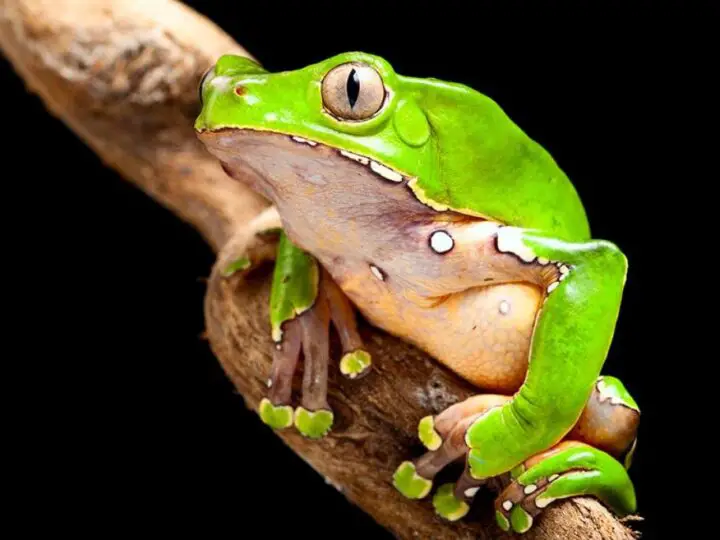
Kambo stands at the crossroads of ancient tradition and modern interest. As a practice deeply rooted in the spiritual and medicinal knowledge of Amazonian tribes, it challenges us to broaden our understanding of health and healing. The future of Kambo depends on respectful engagement with its origins, responsible and ethical use, and continued exploration of its potential benefits and risks. As we navigate these complexities, Kambo remains a testament to the rich medical knowledge of indigenous cultures and their enduring legacy in our global quest for health and wellness.
